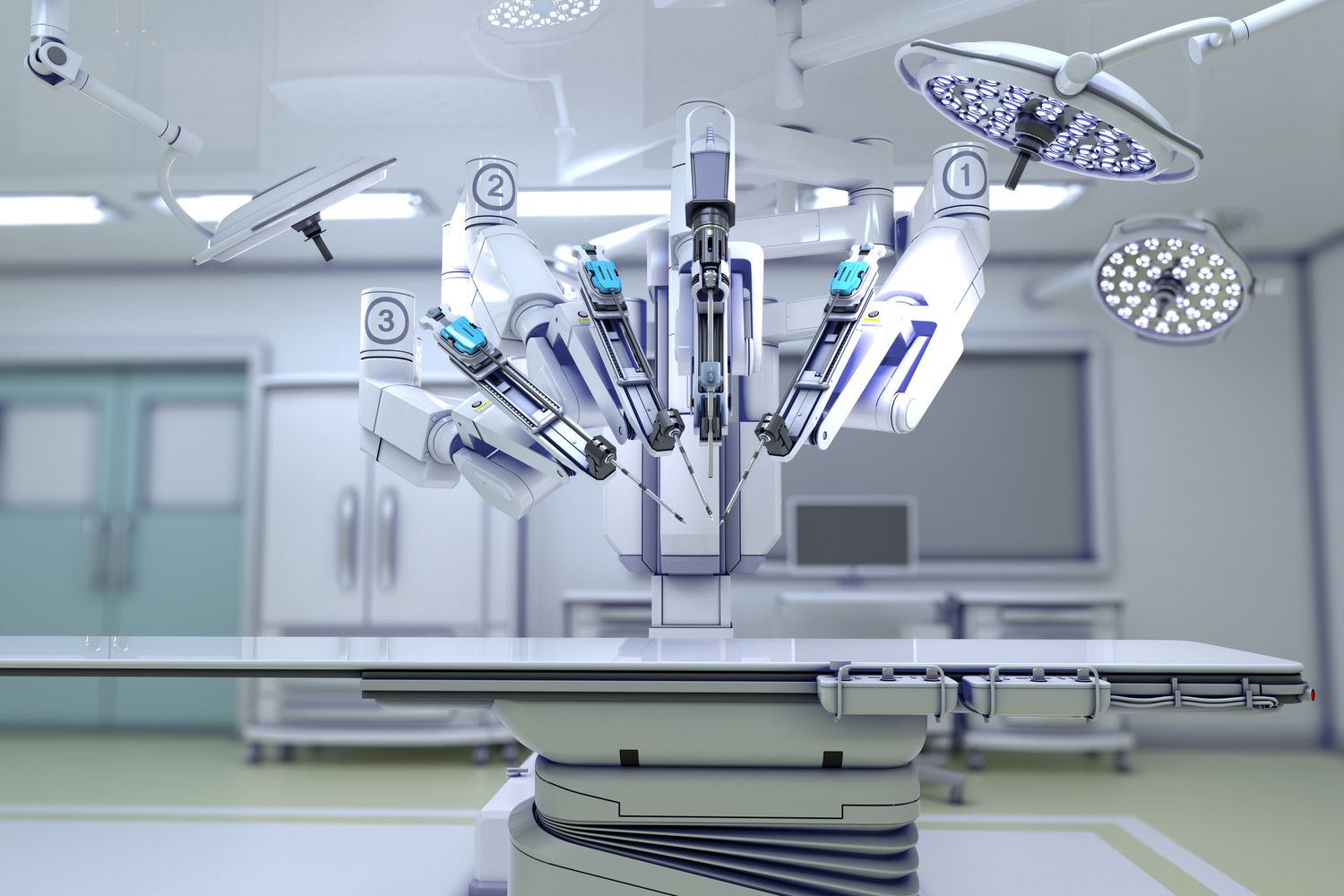
Robotic Surgery vs Traditional Surgery: Which is Better?
Surgical care has evolved significantly, especially with the introduction of robotic-assisted procedures. While traditional surgery continues to be a reliable method, robotic techniques are reshaping how certain operations are performed. The question of whether robotic or traditional surgery is better depends largely on the individual case, type of condition, and the expertise involved.
What Robotic Surgery Offers
Robotic surgery uses advanced technology where the surgeon operates a robotic system from a console. These robotic arms mimic the surgeon’s hand movements but with enhanced precision, stability, and range. A high-definition 3D camera gives a magnified view of the surgical field, allowing for more refined control during delicate procedures.
Often performed through small incisions, robotic surgery is minimally invasive. This approach can result in reduced blood loss, lower infection risk, shorter hospital stays, and a faster return to daily activities. Procedures in fields like gynecology, urology, and general surgery have seen improved patient outcomes using this method.
Advantages of Traditional Surgery
Traditional or open surgery involves direct access to the area being treated, often through larger incisions. It remains the most suitable choice in certain complex or emergency cases where full visibility is crucial. Surgeons can respond instantly to unexpected findings during the operation, something robotic systems may not allow as flexibly.
Traditional surgery does not rely on advanced equipment, making it accessible in settings where high-end technology is unavailable. For some procedures, especially those requiring extensive reconstruction, traditional techniques may still be more effective.
Making the Right Surgical Choice
There is no one-size-fits-all answer. Factors such as the nature of the condition, the patient's overall health, surgical risks, and available resources play a significant role in determining the right approach. The surgeon’s experience with either method is also a key consideration.
Conclusion
Both robotic and traditional surgeries have distinct roles in modern medicine. While robotic surgery provides high precision with minimal disruption to the body, traditional methods remain essential in many complex situations. Discussing all options with a qualified surgical expert ensures the safest and most effective treatment based on individual needs.

